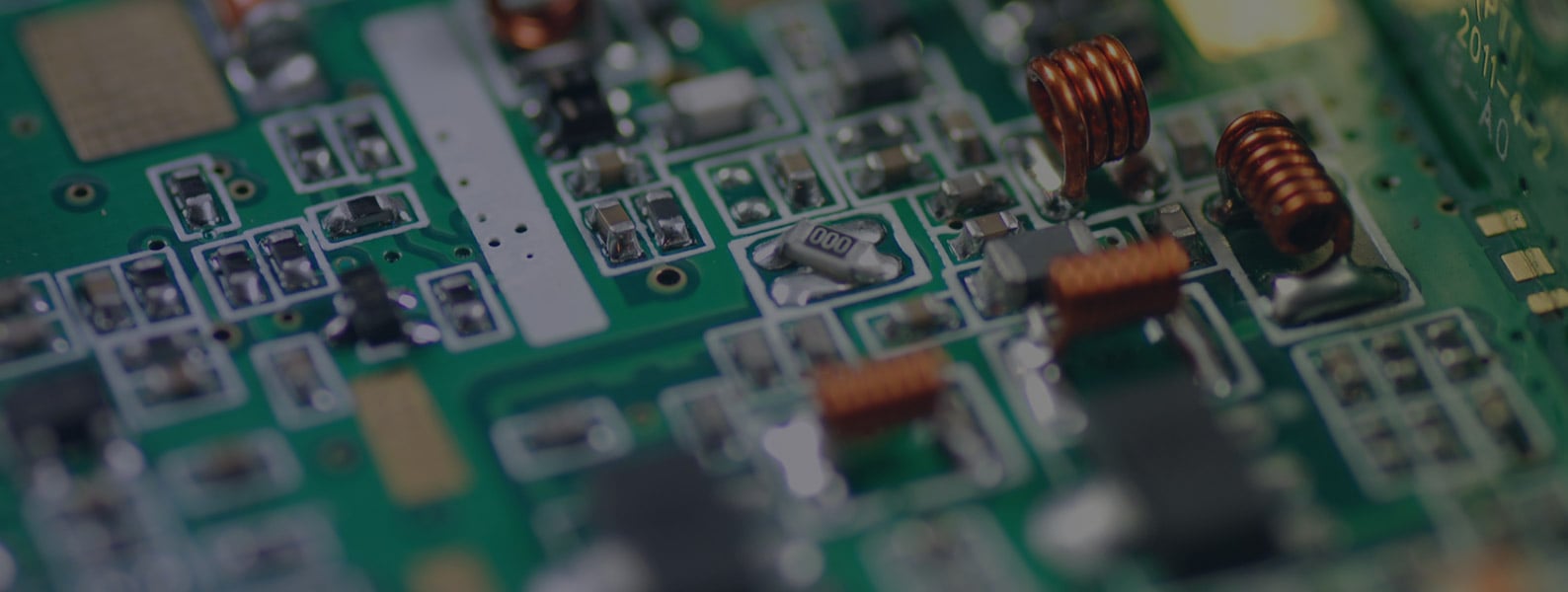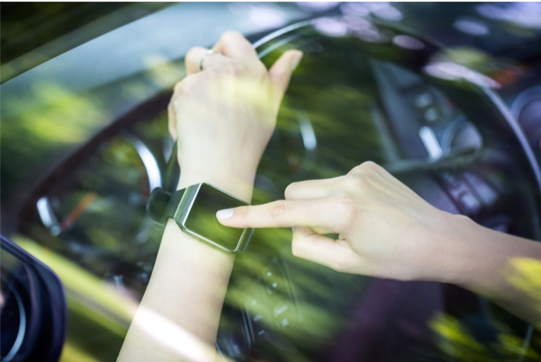The “Internet of Things” (IoT) was first defined in 1999. Basically, the IoT is defined as a network of physical objects that are embedded with electronics that enable the objects to provide greater value and service. Although the basic meaning of the term remains the same, devices—key components of the “things” referred to in the term—have evolved. These “things” often include software or sensors that exchange data with the manufacturer, the operator, and/or other connected devices.
Each “thing,” uniquely identifiable by its embedded computing system, offers advanced device, system, and service connectivity, stretching beyond machine-to-machine communications and covering domains and applications. The “things” can refer to variety of devices, such as:
- Heart-monitoring implants
- Biochip transponders
- Built-in sensors for vehicles
- Field-operation devices assisting first responders
The IoT affects a wide array of industries including the media, environmental monitoring, manufacturing, health care, transportation, and more.
Brewer Science’s products and services impact the growth and evolution of the IoT. Our photolithography products are used in electronic devices and have enabled manufacturers to reduce production costs. In addition, our devices help producers gain a high rate of repeatability while improving the battery life of electronics.
In upcoming posts, we’ll discuss our work with sensors, memory devices, control devices for electric vehicles, and more. Learn more about our photolithography products by contacting us today.




Subscribe to Our Blog